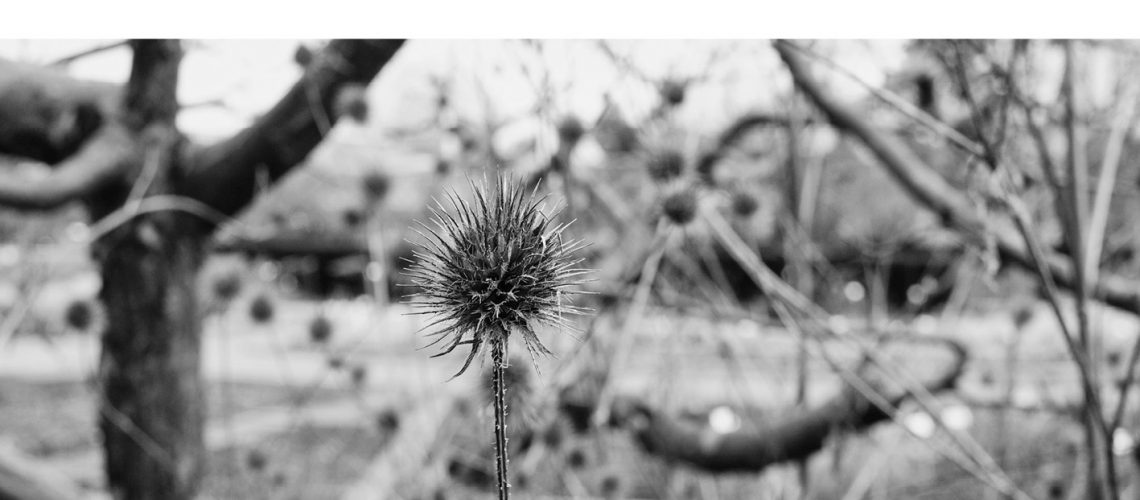The present restoration project contains nearly all 234 recordings which the Orquesta Típica Victor has recorded between their debut in 1925 and the end of the year 1930. The first 12 recordings of the orchestra are acoustic which we add as bonus tracks to the album because they are of an historic interest. The production of these first five years covered by our album corresponds to more than half of the total lifetime repertoire of the orchestra. Of these 234 recordings only 11 are otros ritmos, another 11 are valses and 212 are tangos. Compared to the extent of the repertoire there are very few otros ritmos. We also added 17 recordings of the other associated Victor spin-off formations, like Orquesta Típica Porteña and others. Therefore there is a total of 239 tracks in this TTT-album. The very few titles which we are still missing are marked in the attached discography. We hope to be able to add them later.
It’s in the end of 1925 that Victor in Buenos Aires appointed the musician Adolfo Carabelli as artistic director of the company. At the same time he was commissioned to set up an in-house tango orchestra with the intention to promote the record label and boost sales: La Orquesta Típica Victor was born. Since the 1910s, several labels had their own orchestras like the Orquesta Columbia or the Orquesta Polyphon. Another in-house tango band contemporary to La Típica Victor was Orquesta Típica Brunswick which was set up in 1929 and dissolved in 1932 when that label went bankrupt. These label-owned orchestras never appeared in public and presented a cross-section of the labels best musicians
At that time Carabelli had an education in classical music but never had an experience with a tango orchestra. Since the early 20s he was having an important success with his jazz band called River Jazz Band, later Carabelli Jazz Band. The first line-up he selected for the Orquesta Típica Victor was composed of the following top tango musicians: Humberto Costanzo on double bass; Ciriaco Ortiz and Nicolás Primiani, bandoneon, Luis Petrucelli, first bandoneon; Eugenio Romano and Manlio Francia, violin, Agesilao Ferrazzano, first violin; Vicente Gorrese, piano. This makes the band an octeto, a little bigger than the prevalent sexteto form of the time. It resembled in size more the characteristic tango band of the mid-1930s. From 1925 to 1935, it was Luis Petrucelli who was given the day-to-day direction of the orchestra. Some chronicles attest the first recasting of the band with the arrival of Antonio Buglione (violin) in 1926. In 1927, we see a second change with the departure of Agesilao Ferrazzano, whose last recording might have been Puesta de sol 26.10.1927, and Elvino Vardaro becoming first violin on the next record with El alma del tango 25.11.1927. On Adiós muchachos recorded 14.10.1927, one can clearly hear for the first time an unusual wind instrument. It’s the arrival of the bassoonist Renato Zaffignani. It is complicated to identify the instrument as there are only two known photographs of the initial band and very little is known about this musician. The instrument is employed to produce certain sound effects and reinforce the bass line. Most likely the idea came from Adolfo Carabelli himself as Zaffignani was a member of the Carabelli Jazz Band too. Judging from the recordings, the instrument produces sounds which are too low for a regular bassoon, especially clear F#1 notes. On some low F# notes and with an overall reedy timbre, it sounds rather like a contrabassoon.
During its existence the orchestra received a lot of musicians from other Victor bands and it became less and less a permanent ensemble. The individual contracts stipulated that the band must not perform in public hence making it a pure studio orchestra, visually hidden from public. The Orquesta Típica Victor was known to be of high musical quality, focusing on very danceable tango repertoire. Historically tango was instrumental when La Típica Victor started to record. It’s only in 1926 that another típica, that of Francisco Canaro, recorded the first tango ever with a refrain singer. In turn, La Típica Victor recorded their first sung tango in August 1928 recruiting as refrain singer their new violinist Antonio Buglione. The singers of the orchestra during the late 1920s were (in order of appearance and with number of recordings): Antonio Buglione (4), Roberto Díaz (21), Luis Díaz (1), Juan Carlos Delson (5), Ernesto Famá (15), Jaime Moreno (6), Amando Sentous (1), Alberto Gómez (1), Teófilo Ibáñez (4), Carlos Lafuente (4) and duo Gómez-Vila (2).
DISCOGRAPHY
The enormous quantity of recordings surprised us and as a consequence works on the album took much more time to complete than initially estimated. Finally, we worked more than one year on the project. In 2025, the first recordings of this repertoire will turn 100! Therefore it should be understandable that each record is extremely rare, and we passed quite some time in chasing down better copies from other collectors when ours were of poor quality. Apart from Nicolas Lefcovich’s work, there isn’t yet a comprehensive modern discography of La Típica Victor. Most of the available discographies are missing a lot of titles, have incomplete record and take numbers or present other inaccuracies. We therefore decided to create and share a new discography based on our physical record collection. We used the existing discographies only as a general guideline. Our discography can be found in the download archive of our website.
PITCH
All recordings of the present collection are in A4=435Hz concert pitch. The statistics of our in-depth analysis show very little deviation and are closely and clearly distributed around our reference playback speed of around 78-rpm. We have analysed all recordings of the present album individually to determine the exact speed for our transfers with a particular attention to isolated piano tones. The pitch information is extremely important for us and also for you so you can enjoy these recordings in the intended tonality and tempo.
PHONO PREAMPLIFICATION
The first 12 acoustic recordings from late 1925 and early 1926 have the typical lack of treble and bass as they were not recorded with an electric microphone but with an acoustic funnel around which the orchestra had to group during each take. Even though not present on these recordings, and as a side note, during the acoustic recording era bassoons were often used to reinforce cellos, and contrabassoons and similar instruments to double string basses. The later addition of the contrabassoon during the electric recording era seems to be a reminiscence of that time and gives the orchestra its characteristic sound of the 1920s and 1930s. Very quickly towards the end of 1926, the orchestra’s sound becomes fuller, and we sometimes had to struggle with very harsh treble or earthquake like bass.
Besides the usual de-emphasis during our transfers, a lot of our efforts went into up to nine proof listening sessions and constant light aesthetic EQ passages to further improve the tonal balance. We now think that the recordings sound quite consistent among each other.
FORMATS
This edition is available in the formats: 24bit-96kHz FLAC, 16bit-44.1kHz CD quality both AIFF and FLAC and as 320kbps CBR MP3. The files originate all from our high-resolution digital master and therefore should all sound the same. The only difference is bit depth, sampling rate and codec.
ACKNOWLEDGEMENTS
Boris Puga, Montevideo
For giving us again access to his immense record collection
Roberto González & Juan Cruz Rosas in Buenos Aires for giving us access to their record collection and making some transfers for us of rare recordings missing in our collection.
Serjan Pruis, Amsterdam
Who entrusted us some of his records in excellent state to be transferred directly in our studio in Belgium.
Age Akkerman, Amsterdam
For his substantial help in developing the tuning
method and especially the pitch analysis session
we carried out in 2017 when we made a first test
run of some tango transfers.
Ruben Castaldi, Montevideo
For contributing some very rare records and assisting the project with his expertise.
Omar Facelli, Montevideo
For his expertise in 78-rpm records, knowledge and contacts into the world of tango collectors and for running our mini studio in Montevideo.
Brussels, 28.3.2024
TangoTimeTravel.org


